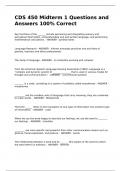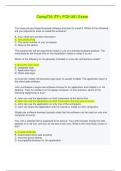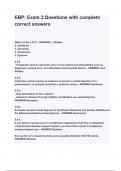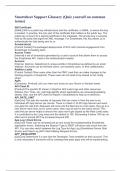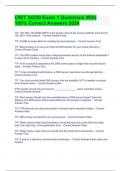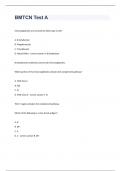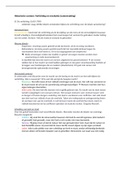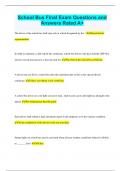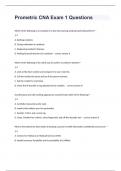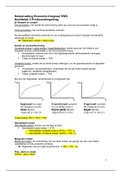Exam (elaborations)
CDS 450 Midterm 1 Questions and Answers 100% Correct
- Course
- Institution
CDS 450 Midterm 1 Questions and Answers 100% CorrectCDS 450 Midterm 1 Questions and Answers 100% CorrectCDS 450 Midterm 1 Questions and Answers 100% CorrectCDS 450 Midterm 1 Questions and Answers 100% Correct Key functions of the _______ include perceiving and integrating sensory and perceptual in...
[Show more]
